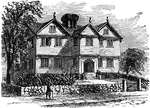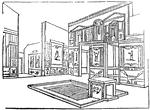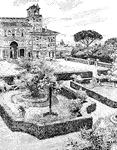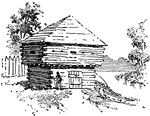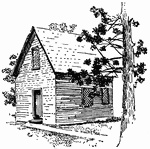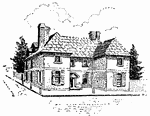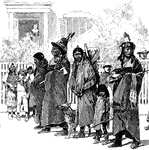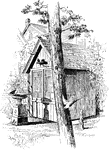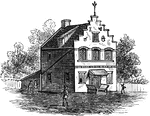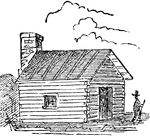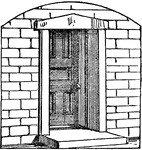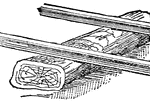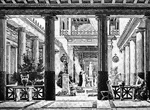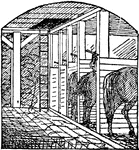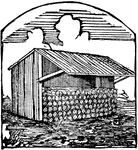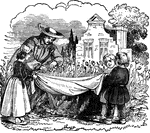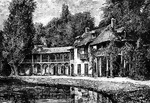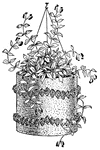
Lake Dwellings
"The earliest account of lake dwellings is to be found in Herodotus, who describes a Thracian tribe…

City Hall of New York
"New York is a city in Southern New York; coextensive with New York, Kings, Queens, and Richmond counties,…

Balcony of House in Nuremburg
"Nuremburg is a city in the Bavarian province of Middle Franconia, Germany; on the Pegnitz river; 95…

Pompeiian House
"House construction consists mainly of concrete or brick, and sometimes of stone blocks, especially…
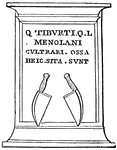
Culter
"A knife with only one edge, which formed a straight line. The blade was pointed, and its back curved.…

Bust of Aspasia
"Pericles, after divorcing a wife with whom he had lived unhappily, took his mistress Aspasia to his…

Pistor
"A baker, from pinsere, to pound, since corn was pounded in mortars before the invention of mills. At…

Puteal
"Puteal, properly means the enclosure surrounding the opening of a well, to protect persons from falling…
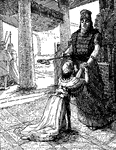
Esther Approaches King Xerxes
"Now it came to pass on the third day, that Esther put on her royal apparel, and stood in the inner…
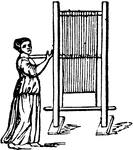
Tela
"Tela, a loom. Although weaving was among the Greeks and Romans a distinct trade, carried on by a separate…
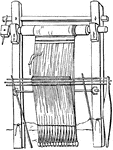
Tela
"Tela, a loom. Although weaving was among the Greeks and Romans a distinct trade, carried on by a separate…

Velum
"Velum, a curtain. Curtains were used in private houses as coverings over doors, or they served in the…

Henry Labouchere
Labouchere was a journalist and British politician who proposed the abolition of the House of Lords.

John Griffin Carlisle
Carlisle served as the Speaker of the United States House of Representatives and United States Secretary…

William R. Morrison
Mr. Morrison is best known as a tariff reformer and was a member of the Illinois House of Representatives.

John D. C. Atkins
(1825-1908) Served as a member of the US House of Representatives and the Confederate Congress from…
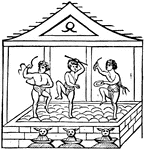
Winemaking
"Copied from the wall of a house in Pompeii, representing the vintagers treading grapes with their feet."…
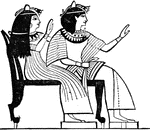
Egyptian Double Chair
"Usually kept as a family seat, and occupied by the master and mistress of the house, though occaisionally…

Triangular coop
"This triangular shape is a good one also for a movable poultry-house in its simplest form." —…

Triangular coop
"This triangular shape is a good one also for a movable poultry-house in its simplest form." —…
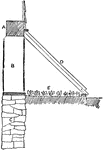
Coldframe
"One of the simplest types of coldframes, which is a lean-to against the foundation of a house." —…
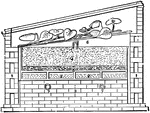
Pipe-heated hotbed
"Hotbeds may be heated by means of either steam or hot water. They can be piped from the heater in a…

Rio peddlers
"Nearly all the hucksters of Rio carry their vegetables, fruits, and fish from house to house on their…
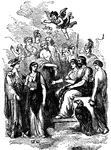
Pandora
"Epimetheus had in his house a jar in which were kept certain noxious articles, for which, in fitting…
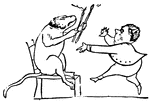
Edward Lear
A scene from the nursery rhyme, The Nonsense of Edward Lear. There was an old man of the Cape,…
